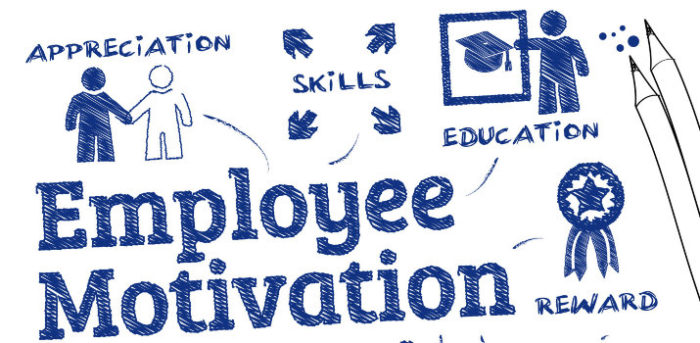Organizations and corporations are multifaceted. Such complexity within a business necessitates the need to strategic approach to the management of the employees, whose task is to enable the business to achieve its objectives. Human capital is an imperative asset of an organization and proper use of a potent assent can construct a successful and resourceful organization. In an organization, human capital can make or break an objective or a strategy. The human resource department is the most important department of an organization. Almost all activities directed at attracting, developing, and maintaining effective workforce are implemented in this department. The functions of human resource management are, but are not limited to, hiring the right candidates, at the right time, and at the right price.… Read the rest
HRM Functions
Manager’s Role in Employee Motivation
Motivation is the driving force in which human being achieve their goals. Motivation is the power that strengthens behavior, gives the route to the behavior and it triggers the tendency to continue. Motivation is a course that is concerned with a kind of strength that boosts the performance and directs one towards accomplishing some definite target. Motivation is a force that helps individual to achieve their desires. It is a strength that helps individual to stay focus and determined. Motivation usually formulates an organization more successfully because the provoked employees are constantly looking for the improved practices to do the work.… Read the rest
Compensation Strategies for Different Workforce Generations
Employees are the most valuable assets of any organization. The main purpose of human resource management (HRM) is to manage the development and performance of people employed in an organization. Some of the important tasks of HRM include attracting and retaining employees with the right skills and abilities, match people to the right positions within an organization and to align employee’s goals and objectives with that of the organizations. All these key tasks are directly or indirectly affected by compensation and benefits plan which the human resource management decides.
Compensation and benefits redefines value and success in any workplace. An efficient compensation and benefits strategy is seen as an opportunity by organisations to differentiate them-self from their competitors, who may otherwise take away talented workforce.… Read the rest
Talent Management Best Practices
The creation of a talent management environment in the 21st century is an important and necessary part of any modern organisations agenda. A shortage of talent, facing an ageing population and a dynamic business environment has all fueled a commitment to a need to focus upon how talent can be attracted and retained within the organisation. To standstill and to be static is a dangerous game and thus firms have to be focused upon adaptability to trigger a sustainable approach through talent. To build a strong, consistent and sustainable talented workforce requires a need to develop employees who can act in the global business environment.… Read the rest
Tips for Effective Employee Recognition and Reward Programs
Recognition is defined as a form of sincere praise or appreciation given to an individual by another and reward as the earned item of value presented to an individual for successful accomplishment of a particular service, task or mission. Recognition and reward programs has always been an effective strategy for retaining employees and it normally do not cost much and not very time-consuming. Informal recognition and reward program can recognize outstanding performance rather quickly while formal program develops the performance growth in a long term basis. Well planned recognition and reward programs builds comradeship within the team and makes employees feel valued and appreciated.… Read the rest
Challenges of Strategic Human Resource Management
Strategic Human Resource Management (SHRM) can be defined as a link between human resources and the strategic goals and objectives of the business. Most importantly, the aim of that is to improve business performance and to develop an organizational culture that will foster innovation, flexibility and competitive advantage. In other words, the HR function is seen as a strategic partner helping the company to implement and formulate strategies as well as reach its goals and flourish. The main activities of HR department include selecting and recruiting the right people for the job roles, training and rewarding them.
Very often SHRM is being confused with HRM.… Read the rest
